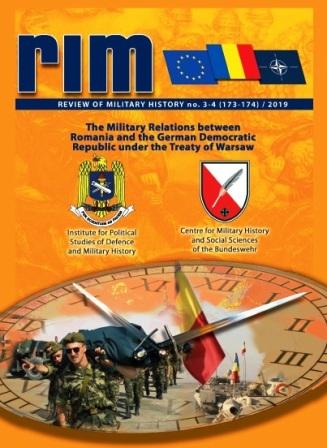Modificările teritoriale din bazinul Mării Negre în perioada celui de-al Doilea Război Mondial (1939-1947)
Territorial Changes in the Black Sea Basin During the Second World War (1939-1947)
Author(s): Cerasela MoldoveanuSubject(s): Regional Geography, Military history, Interwar Period (1920 - 1939), WW II and following years (1940 - 1949), Geopolitics
Published by: Editura Militară
Keywords: Black Sea; Second World War; USSR; Germany; Crimea;
Summary/Abstract: For centuries, the Black Sea area has been a strategic area of utmost political, economic and military importance. The outbreak of the Second World War in 1939 produced new political and geostrategic reconfigurations, in which the main actors were the USSR, Germany and Turkey. The incursion of the German army into the heart of Europe, in the period 1939-1943, resulted in an increased interest in the maritime Danube, in the Black Sea area and in the Straits. These areas became the object of dispute between Germany and the USSR, while Turkey, through skillful diplomatic maneuvering, managed to remain neutral until almost the end of the war. In this context, Crimea became the main strategic objective in the effort to dominate the Pontic area. Thus, the battle for Crimea had become, for both belligerents, the battle for the control of the Black Sea. While, initially, German domination did extend over the Black Sea, which became, for a brief period, a “German lake”, the subsequent defeat of Germany and the concluded peace treaties established full Soviet domination over the area, opening up new geostrategic and economic prospects for the USSR.
Journal: Revista de istorie militară
- Issue Year: 2022
- Issue No: 3-4
- Page Range: 70-88
- Page Count: 19
- Language: Romanian

